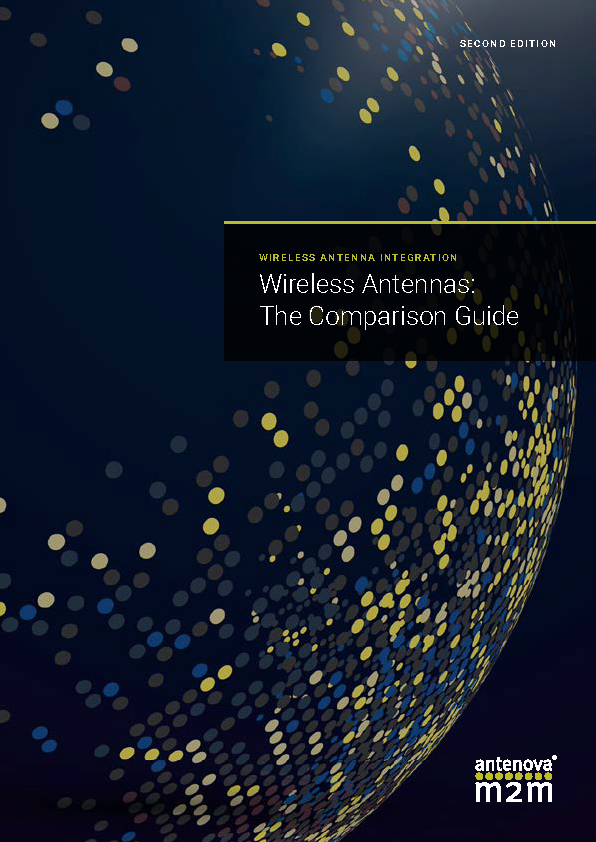Hi there,
Which antennas would you recommend?
Use case: Deep indoor NB-IOT, think basements (smart metering project)
Bands: 5/8/20 (20 being the primary focus)
PCB dimensions: preferably 30mm wide x 100mm long. Dimensions can change slightly if there are big improvements to performance.
I'm current at the SR4L049 and SR4C033, but obviously open to any recommendation. FPC antennas are also an option.
Thank you.
Kevin



